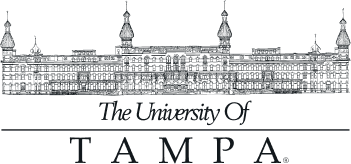
Amy Lien
Assistant Professor
Office: GHS 637
Education and Training:
- 2005 National Central University (Taiwan), B.S. in Physics
- 2011 University of Illinois at Urbana-Champaign, Ph.D. in Astrophysics, Supernovae, Stellar evolution; with Professor Brian Fields
- 2013 NASA Goddard Space Flight Center, Postdoc in Time-domain astrophysics, gamma-ray bursts, early universe; with Dr. Neil Gehrels
Research Interests:
My research interests lie in understanding how the universe begins and evolves through the most energetic astrophysical explosions: gamma-ray bursts (GRBs), supernovae, merging neutron stars and black holes. My main research utilizes GRBs detected by the Neil Gehrels Swift Observatory, a multi-wavelength space telescope dedicated to studying GRBs and the transient sky. GRBs are seen from within our neighborhood of galaxies to the early universe when the rst stars were expected to form (Fig. 1). I use GRBs to explore the history of the universe, and study how nature can form these energetic bursts from either the collapse of massive stars or merging of compact objects like neutron stars and black holes.
Come talk to me if you are interested to learn more!

Christine Theodore
Associate Professor of Chemistry
Office: TECH 475
Education and Training:
- 2005 Stevens Institute of Technology, B.S. in Chemical Biology
- 2009 Stevens Institute of Technology, M.S. in Chemical Biology
- 2013 University of Oklahoma, Ph.D. in Natural Products; with Robert Cichewicz
- 2013-15 University of California, Santa Cruz, Postdoctoral in Marine Natural Products; with Phil Cruz
Research Interests:
Currently, my work focuses on isolating and identifying natural products obtained from macroorganisms (such as invertebrate animals) and microorganisms (bacteria and fungi) collected from Florida waters. Natural products, substances produced by living organisms, are an important part of the modern drug discovery process and natural products isolated from marine organisms have had success in moving from the laboratory and into clinical trials.
Student projects are available for both biology and chemistry students and can include focusing on one or more of the following areas:
- Isolation, purification, culturing, and identification of marine-derived bacteria. This work is best of biology students, especially those who have taken and enjoyed microbiology.
- Extraction and screenings for biological activity. Typical, this work is done by biochemistry majors interested in learning about biological assays and have plans to take upper level biochemistry courses.
- Purification and structure elucidation of natural products. This is best for chemistry majors who are interested learning about chromatography, mass spectrometery, and structure elucidation. Students interested in this work should plan on taking CHE 445 - Advanced Organic Spectroscopy.
Students can expect to work on interdisciplinary projects, with biology and chemistry majors working in conjunction on the same projects. Though you can expect to specialize in one of the areas described previously, all students will get hands-on practice in all aspects of natural products work. Students can expect to participate in local fieldwork. It is not required, but students who are comfortable in the water and with snorkeling have the opportunity to collect additional microorganisms.
Students who worked in my lab have earned admission to graduate programs to pursue M.S. and Ph.D. degrees in the sciences. Others have successful careers in industry positions.
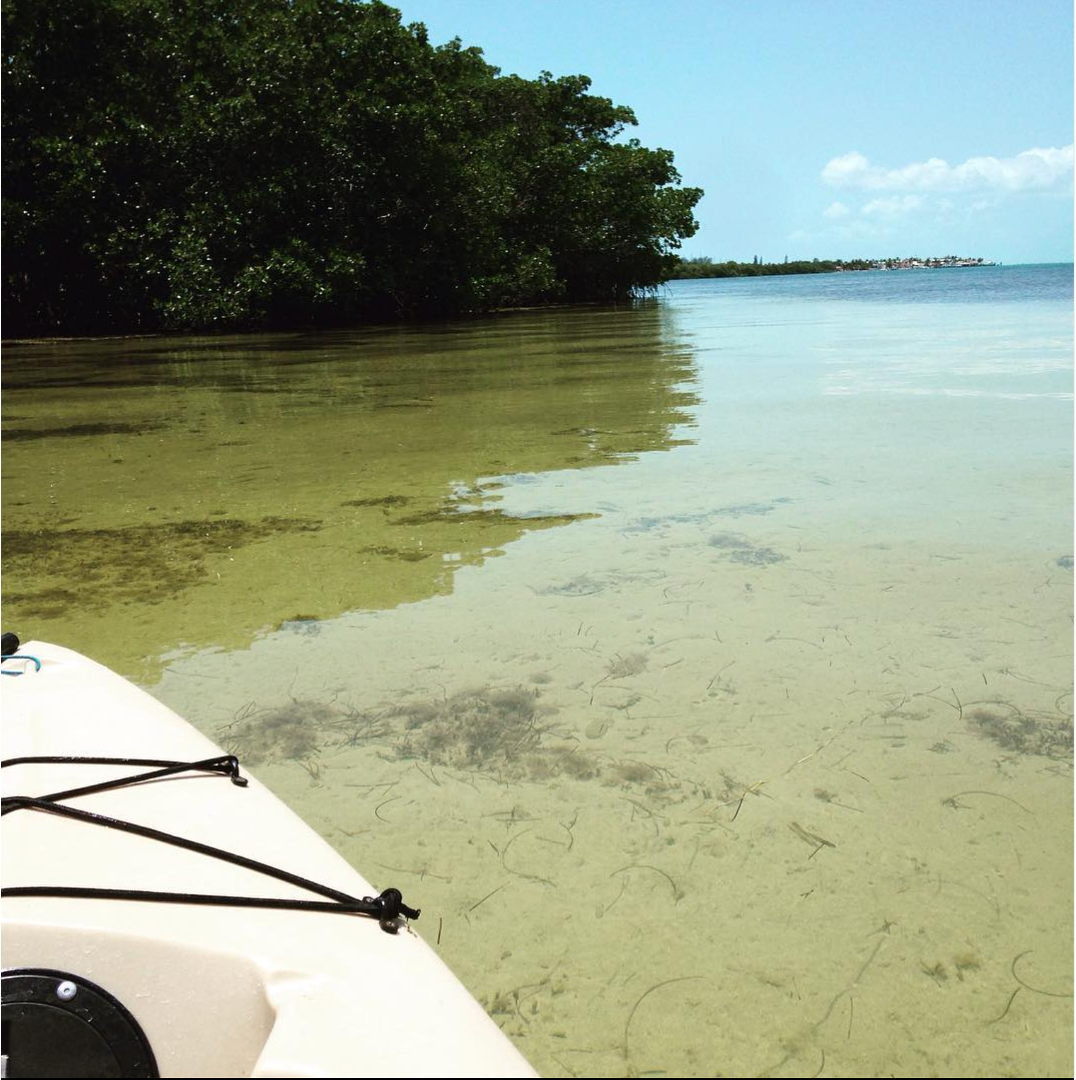
Kayaking to a sampling location in the Florida Keys
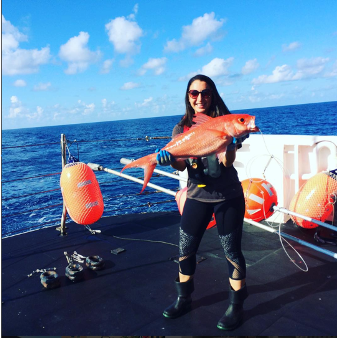
Lab alumni participating in biological research.
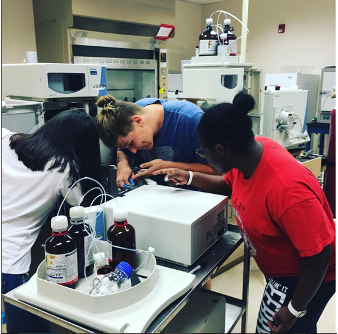
Students working on instrumentation,
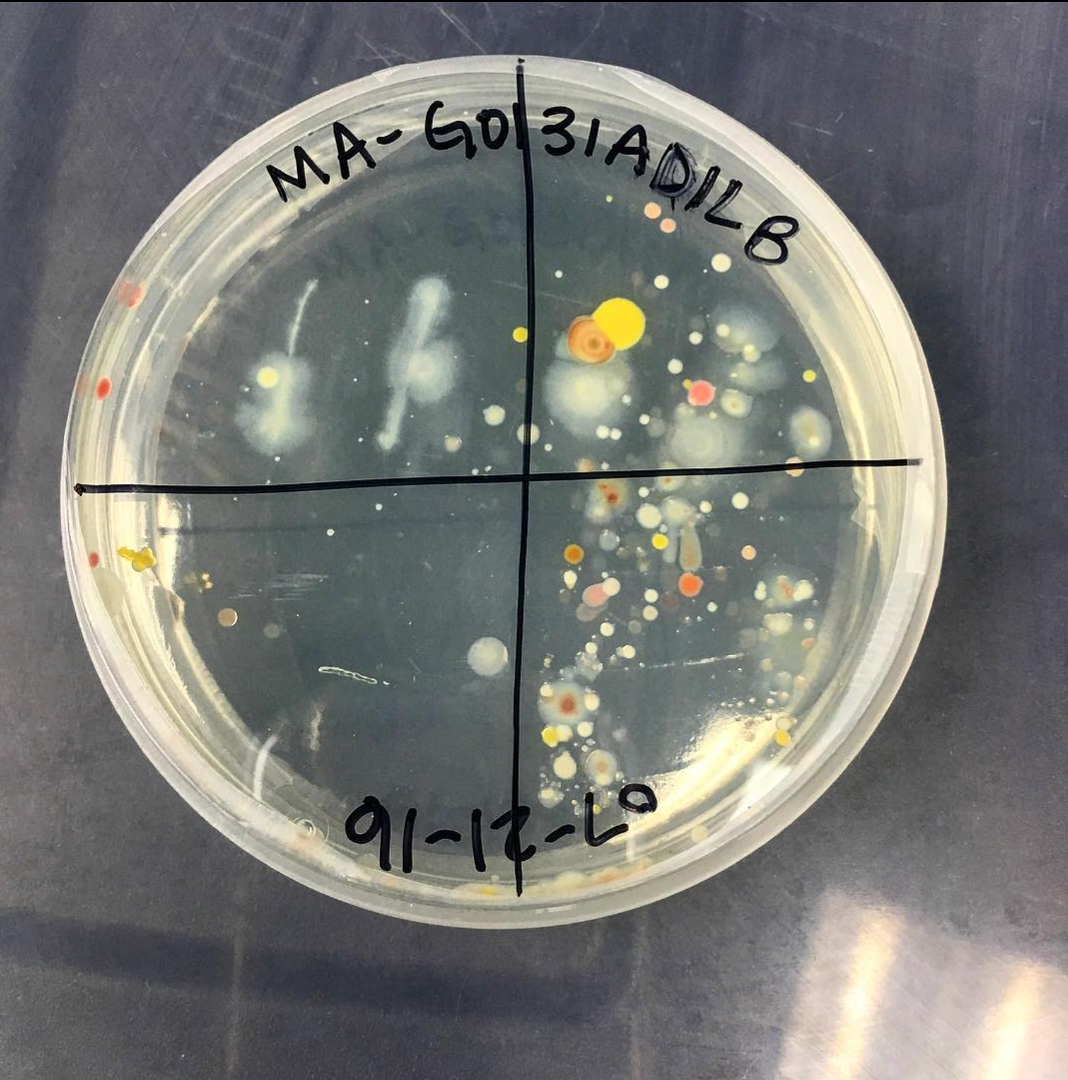
Bacteria isolated from marine sediment collected from Sand Key, FL.
Theodore, C.M.;* Loveridge, S.T., Crews, M.S.; Lorig-Roach, N.; Crews, P. "Design and implementation of an affordable laboratory-scale bioreactor for the production of microbial natural products." Eng. Reports 2019, 1, e12059.
Theodore, C.M.; Crews, P. "Mining Microbial Symbionts for Sponge-Derived Natural Products: Implications for the Wallacae." Book Chapter, joint publication by the Indonesian Academy of Sciences and Taprobanica, The Journal of Asian Biodiversity. 2015, 7, 131-142.
Theodore, C.M; Lorig-Roach, N.; Still, P.C.; Johnson, T.A.; Draskovic, M.; Schowchert, J.A.; Naphen, C.N.; Crews, M.S.; Barker, S.A.; Valeriote, F.A.; Lokey, R.S.; Crews, P.* "The Biosynthetic Products From a Nearshore Derived Gram-Negative Bacterium Enable Reassessment of the Kailuin Depsipetides." J. Nat. Prod. 2015, 78, 441-452.
Theodore, C.M.; Stamps, B.W.; King, J.B.; Price, L.S.L.; Powel, D.R; Steveson, B.; Cichewicz, R.H.* "Genomic and Metabolomic Insights into the Natural Product Biosynthetic Diversity of Feral Hog-Associated Brevibacillus latersporus Strain," PLOSONE, 2014, 9(3): e90124. doi:10.1371/journal.pone.0090124
Still, P. C.; Johnson, T.A.; Theodore, C.M.; Loveridge, S.T.; Crews, P.* "Scrutinizing the Scaffolds of Marine Biosynthetics from Different Organisms: Gram-Negative Cultured Bacterial Products Enter Center Stage." J. Nat. Prod. 2014, 77, 690-702
Theodore, C.M.; King, J.B.; You, J.; Cichewicz, R.H.* "Production of Cytotoxic Glidobactins/Luminmycins by Photorhabdus asymbiotica in Liquid Media and Live Crickets." J. Nat. Prod. 2012, 75, 2007-2011
(Undergraduate authors in bold type. Presenting author underlined.)
2022 Session Organizer: Biannual Conference on Chemical Education, West Lafayette, Indiana, USA. "Demystifying Spectroscopy: Methods, Innovations, and Best Practices for Teaching Spectroscopic Interpretation and Structure Elucidation in the Undergraduate Classroom."
2019 Talk: Southeast Regional Meeting of the American Chemical Society, Savannah, Georgia, USA. “Using spectroscopy to identify a forgery: Inquiry-based, hands-on experience for non-majors”
2019 Talk and Panel Member: Southeast Regional Meeting of the American Chemical Society, Savannah, Georgia, USA. “Modern Issues for Women in Chemistry: Finding Your Voice and Taking Up Space.”
2019 Poster: Southeast Regional Meeting of the American Chemical Society, Savannah, Georgia, USA. “Identification of toxic metabolites produced by Batrachochytrium dendrobatidis fungus.” Moore, Lyndsey and Theodore, C.M.
2018 Biennial Conference on Chemical Education, South Bend, Indiana, USA
2018 Taste of Science, Tampa Florida. “Nature’s Hidden Pharmacy.”
2017 American Society of Pharmacognosy Annual Meeting, Portland, Oregon, USA.
2017 Invited Talk, Florida Area Meeting and Exposition, American Chemical Society, Palm Harbor, FL. “Exploring Gram-negative bacteria as a source of biologically active natural products and application to the undergraduate research experience.”
2016 Joint Natural Product Conference, American Society of Pharmacognosy in collaboration with European and Asian Pharmacognosy associations. Copenhagen, Denmark.
2015 Poster: Bunnett Symposium, University of California, Santa Cruz
2015 Theodore, C.M., Crews, P. Unexpected Identification of Bengamides From a Marine Tunicate Through Utilization of a High Accuracy Orbitrap Mass Spectrometer.
2014 Poster: Bunnett Symposium, University of California, Santa Cruz
2014 Theodore, C.M., Johnson, T.A.; Drašković, M.; Lorig-Roach, N.; Naphen, C.N.; Crews, P. New Chemical and Biological Diversity from Coastal Derived Gram-Negative Bacteria.
2014 Poster: Gordon Research Conference on Marine Natural Products.
2014 Theodore, C.M., Johnson, T.A.; Drašković, M.; Lorig-Roach, N.; Naphen, C.N.; Crews, P. New Chemical and Biological Diversity from Coastal Derived Gram- Negative Bacteria.
2013 Poster: American Society of Pharmacognosy annual meeting.
2013 Theodore, C.M.; King, J.B.; You, J.; Cichewicz, R.H. Production of Cytotoxic Glidobactins/Luminmycins by Photorhabdus asymbiotica in Liquid Media and Live crickets.
